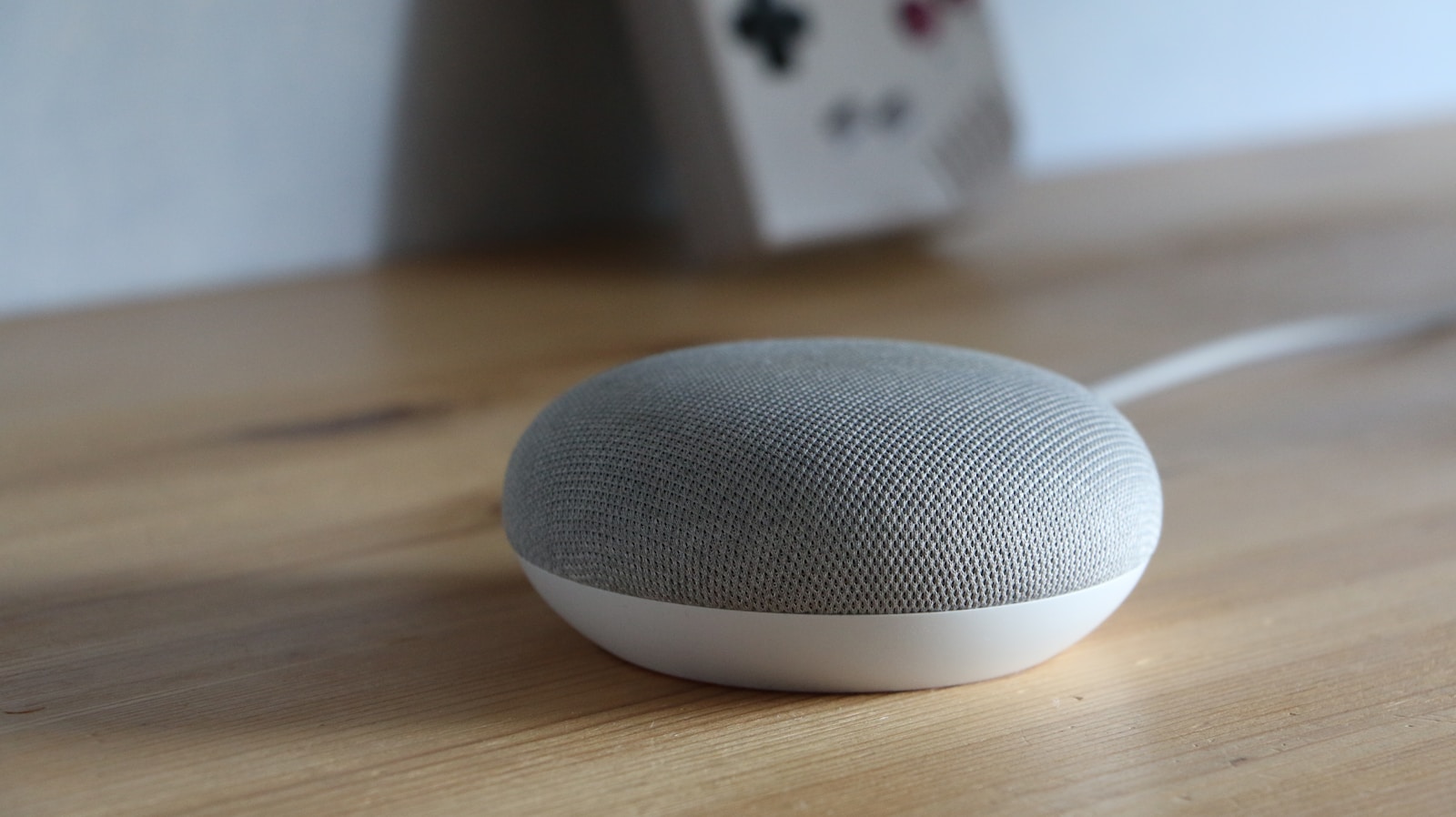TL;DR:
– Home Assistants enhance sustainability through energy-saving features and smart device integration.
– Choose the best Home Assistant based on market options and personal sustainability goals.
– Set up your Home Assistant with a guide for efficiency and sync with smart home tools.
– Advanced tips include automating energy-efficient routines and utilizing data analytics for eco-friendly decisions.
Introduction
Welcome to a glimpse of the future of sustainable living! As a seasoned expert in Futuristic Homes and Sustainable Living, I am excited to share with you powerful tips that will revolutionize your living space. Today, we delve into the realm of Home Assistant technology, a game-changer for eco-conscious homeowners. In this article, titled ‘7 Powerful Home Assistant Tips for a Sustainable Future’, we explore how these smart devices can not only streamline your daily routines but also reduce your environmental footprint. Let’s embark on a journey towards a greener, smarter, and more sustainable lifestyle together.
What is a Home Assistant?
Are you curious about the latest in home technology that can revolutionize your living experience? Imagine a device that can assist you in numerous tasks, from controlling your home’s temperature to ordering groceries – that’s the essence of a Home Assistant. These smart devices have evolved significantly over the years, incorporating cutting-edge technologies to enhance convenience and efficiency in daily life.
Definition of Home Assistant
A Home Assistant is a smart device or system that uses artificial intelligence to interact with and control various functions in your home. These devices can be voice-activated or controlled through apps, offering a seamless way to manage your household tasks and devices.
Evolution of Home Assistant technology
From basic voice commands to advanced machine learning capabilities, Home Assistants have come a long way. They now feature sophisticated voice recognition, predictive algorithms, and integration with a wide range of smart home devices, making them essential tools for modern homeowners.
Benefits of using Home Assistant devices
Home Assistants provide a multitude of benefits, such as improving productivity, enhancing convenience, and increasing energy efficiency. By seamlessly integrating into your daily routines, these devices can streamline tasks, automate processes, and create a more sustainable living environment. Explore the world of Home Assistants and discover how they can transform your home into a futuristic, eco-friendly oasis.
How Home Assistants Improve Sustainable Living?
In a world where sustainability is crucial, home assistants play a significant role in enhancing eco-friendly living. These innovative devices not only offer convenience but also contribute to a greener and more energy-efficient lifestyle. Let’s explore how home assistants can improve sustainable living:
Energy-saving features
– Home assistants enable users to control energy consumption by regulating lighting, heating, and cooling systems. Through voice commands or automated schedules, these devices help reduce energy waste and lower utility bills.
– Smart thermostats and energy monitoring tools integrated into home assistants provide real-time data on energy usage, allowing homeowners to make informed decisions to optimize efficiency.
Integration with smart home devices
– Home assistants can connect with various smart home devices, such as smart bulbs, appliances, and sensors, to create a seamless ecosystem. By coordinating these devices, homeowners can maximize energy savings and reduce their carbon footprint.
– The interoperability of home assistants with smart home technologies enables comprehensive control over energy-consuming devices, promoting sustainable practices throughout the household.
Monitoring and optimizing resource consumption
– With the ability to track resource usage patterns, home assistants offer insights into household habits and facilitate adjustments for greater sustainability. By monitoring water, electricity, and gas usage, users can identify areas for improvement and implement eco-friendly practices.
– Home assistants can suggest energy-efficient settings based on users’ preferences and habits, encouraging sustainable choices that align with environmental conservation goals.
Home assistants not only enhance the functionality of homes but also empower users to make proactive decisions to support sustainable living practices. Through energy-saving features, integration with smart devices, and resource consumption monitoring, these devices offer valuable tools for creating a more environmentally conscious living environment.
Choosing the Right Home Assistant Device for Your Needs
Top Home Assistant devices on the market
When it comes to selecting a Home Assistant device for your futuristic home, there are several options available on the market. Some of the top choices include Google Home, Amazon Echo, Apple HomeKit, and Samsung SmartThings. Each device has its unique features, compatibility with different smart home devices, and voice recognition capabilities. Consider the ecosystem you’re already invested in and the specific functionalities you desire when choosing the right Home Assistant for your sustainable living needs.
Considerations when selecting a Home Assistant
Before making a decision on which Home Assistant device to purchase, consider factors such as compatibility with your existing smart home gadgets, ease of setup and use, voice recognition accuracy, and the range of services and functionalities offered. Think about whether the device integrates well with your sustainability goals and if it can help you achieve energy efficiency and resource optimization in your home.
Customization options for specific sustainability goals
To ensure your Home Assistant aligns with your sustainable living objectives, explore the customization options available. Look for devices that allow you to set up eco-friendly routines, monitor energy consumption, and control smart devices to optimize resource usage. Some Home Assistants offer advanced features like data analytics to help you make informed decisions about your sustainability practices. Tailor your device settings to support your specific sustainability goals and contribute to a greener future.
Setting Up and Configuring Your Home Assistant System
As technology advances, the installation of home assistant systems become increasingly straightforward. Proper set up and configuration are pivotal to maximize both functional efficiency and sustainability features. Let’s explore how this is accomplished, starting from installation to personalization.
Step-by-step guide to installing a Home Assistant device
Home assistant devices generally come with user-friendly installation guides. Start by unboxing the device, then plug it into a power source. Connect it to your Wi-Fi network and follow the prompts on your mobile application to complete the initial setup. Make sure to update the software immediately for optimum performance and security.
Connecting and syncing with other smart home tools
Most home assistants offer seamless integration with other smart home devices. Look for options in your application to sync tools such as smart lights, thermostats, and locks. This connectivity not only makes your home more sophisticated and tech-savvy but can also greatly contribute to energy conservation.
Personalizing settings to maximize efficiency
Finally, personalizing your home assistant can help to maximize efficiency. Use features like voice recognition to ensure accuracy. Customize routines to control various devices automatically based on your schedule. Effective utilization of sleep modes and turning off devices when not in use can further amplify the energy efficiency of your smart home. Remember, each small step towards sustainability counts in the bigger picture.
Advanced Tips for Utilizing Your Home Assistant for Sustainability
In a world where sustainability is crucial, harnessing the power of home assistant technology can revolutionize the way we conserve resources and reduce our carbon footprint. But how exactly can you optimize your home assistant for a more sustainable lifestyle?
Automating routines for energy efficiency
– Schedule your devices to turn off when not in use
– Set up smart sensors to regulate heating and cooling systems based on occupancy
– Integrate with smart light bulbs to adjust brightness according to natural light levels
Utilizing data analytics for eco-friendly decisions
– Monitor real-time energy consumption to identify wastage
– Use insights to make informed choices on resource usage
– Track trends and adjust settings for maximum efficiency
Incorporating renewable energy sources with Home Assistant technology
– Integrate solar panels and home battery systems with your assistant
– Optimize energy storage and distribution through smart devices
– Balance usage between grid power and renewable sources for a greener home
By implementing these advanced tips, you can leverage your home assistant to its full potential, creating a sustainable living environment that aligns with your eco-conscious goals.
Next, explore how all these features and benefits come together in the conclusion of this futuristic homes and sustainable living guide.
Conclusion:
In a world increasingly reliant on technology, utilizing a Home Assistant can be transformative for fostering a sustainable future. From optimizing energy consumption to enhancing daily routines, the tips shared in this article shed light on the potential of Home Assistants. By embracing these tools, users can not only streamline tasks but also contribute to a more eco-conscious lifestyle. To unlock the full capabilities of Home Assistant and dive deeper into this innovative realm, explore our platform for enriching insights and empower your journey towards sustainability today.










